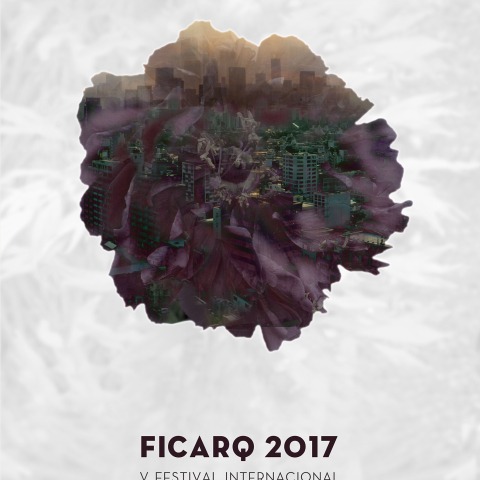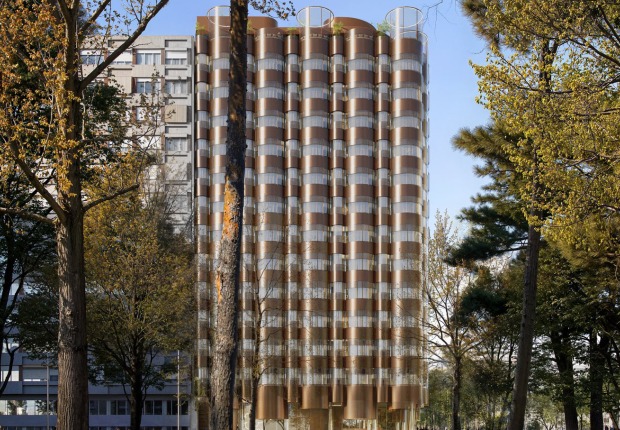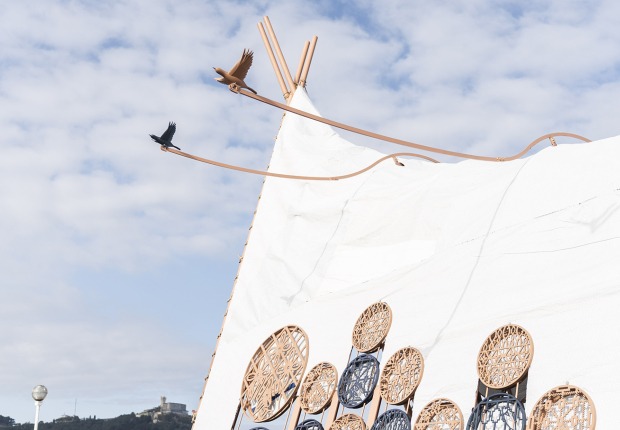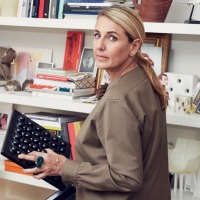Norway has been chosen by FICARQ 2017 as guest country of this edition. The city of Oslo, defined as "Between ancient fairy tales and the vanguard", is the European capital that has grown the most since the beginning of the 21st century. Massive urban development projects are transforming the Norwegian horizon into a modern metropolis with state-of-the-art technology, but always respecting the traditional Nordic and Viking figures. On the other hand, Norwegian cinematography, especially the thriller, offers stories of a country full of secrets to discover. Norway is plagued by artists of both architecture and seventh art.
The organizing committee has decided to grant the "Puente entre las artes" prize 2017 to Patricia Urquiola and Manuel Gutiérrez Aragón. These annually awards that FICARQ grants, reward the trajectory of those creators who, from the architectural or audiovisual point of view, have managed to transcend the languages that are their own, or have made a significant contribution to the world of culture and the arts.
FICARQ, will count on a total of 40 projections between fiction and documentary in competition and out of competition, from more than 20 countries. The Official Competition Section in its two competitions: Art in the Seventh Art, official competition section of fiction feature films, and Architectures Filmed, the official competition section of documentaries, offers a selection of the best works presented, with a total of 29 Movies to competition.
The Festival will take place in several emblematic spaces of Santander for its history and tradition, in which most of the cinematographic exhibitions, presentations and galas of opening and closing will be realized: Space Ricardo Lorenzo of the Official College of Architects (COACAN), as the main building, the Amphitheater of the Botín Center (Renzo Piano Building), with projections at night, the Technical School of Nautical, Groucho and Paraninfo and Magdalena Palace.
V Competition of Micrometrajes of FICARQ
"Dímelo A Mí" Production and "Movistar+" will be holding the V Competition of short films of the International Film and Architecture Festival (FICARQ), which will take place parallel to the official V edition of FICARQ, from July 4 to July 8 in Santander.
Through its short film Competition, FICARQ aims to put in value the full potential of new creators called to define the new audiovisual language with the new means of production provided by new technologies. As in past editions, the short film Contest challenges creators to explore these new audiovisual languages but also to investigate the reflection on architecture and architectural spaces by proposing a common theme for both.
The theme for this new edition of the FICARQ short films Competition is: Essential Fusions. Under the motto of this year, FICARQ aims to highlight the essential relationship between architecture and cinema, as well as the importance of the spaces chosen in each audiovisual piece and the spaces chosen to project those shorts. Spaces usually unknown and increasingly, due to new technologies, domesticated spaces. This year, we want to give importance to the ability of participants to synthesize these relationships under the following question: how would you combine cinema and architecture?
The pieces submitted to the contest could not exceed 59 seconds duration. The call for participation is addressed to any person of any nationality who wishes to participate. The three best works will be exhibited at the closing gala of the V International Film and Architecture Festival, which will take place on Saturday, July 8, 2017, and they will receive an accrediting diploma.

















































